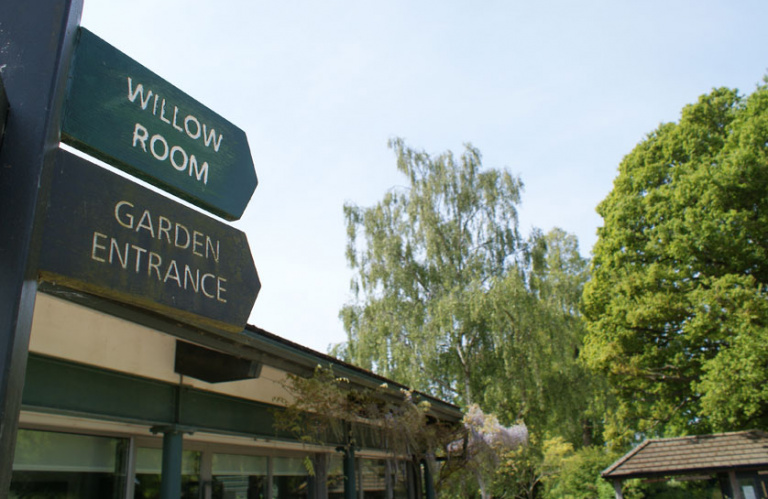-
Clacton-on-Sea is an all-weather, year-round tourist destination, there is plenty of things to do whilst in and around the town. With a host of different attractions will keep you occupied on your visit, from the awarding winning beaches and the thrills of the fair at Clacton Pier and Clacton Pavilion to Hasty Adventure Farm. Clacton also boasts a varied programme Read more…
-
St Osyth Priory has a long and fascinating history which dates back over many centuries. The Augustinian Abbey was founded shortly after 1120 by Richard de Belmeis, Bishop of London The Abbey was dissolved on July 28, 1539 and passed first to Thomas Cromwell and then to Princess Mary. Lady Savage inherited Melford Hall in Suffolk on her husband’s death Read more…
-
A traditional seaside resort featuring sandy beaches, seafront gardens and the unique charm and character of the pastel-coloured beach huts that crescendo along the cliffs. The main shopping area is made up of a mix of independent shops and a the more familiar high street names. A variety of food and drink facilities are on offer ranging from cafes, pubs Read more…
-
The Naze is a unique coastal landscape of outstanding geological and biological importance. As the most easterly peninsula in Essex it is an important site for migrating birds and boasts a number of different habitats, both terrestrial and marine. Rich in history, the Naze has been used as farmland, a golf course and a military camp. The Naze Tower, an Read more…
-
The village of Ardleigh has a thriving community. Ardleigh stands on the A137 roughly half way between Colchester and Manningtree where it is crossed by the B1029 between Dedham and Brightlingsea. The local reservoir is a 49-hectare (120-acre) lake constructed in the valley of the Salary Brook. The lake is also used for recreational activities including sailing and angling. The Read more…
-
Beaumont has a vibrant community centred around its village hall and 9th century church. Beaumont-cum-Moze is a civil parish in the Tendring district and includes the hamlets of Beaumont and Moze Cross and has a rich history dating back to Saxon times. The place-name ‘Beaumont’ was originally Fulanpettæ in a Saxon charter of circa 995, and Fulepet in the Domesday Book Read more…
-
Bradfield is located about five kilometres (3 miles) east of Manningtree. The Anglican church is dedicated to Saint Lawrence. One of the windows commemorates Edwin Harris Dunning, the first pilot to land an aircraft on a moving ship. The Anglican church is dedicated to Saint Lawrence. One of the windows commemorates Edwin Harris Dunning, the first pilot to land an Read more…
-
Brightlingsea is a town steeped in a history of shipbuilding and seafaring is one of the Cinque Ports. The beach runs along Western Promenade next to the impressive 97ft high Bateman’s Tower which is visible from 17 miles out to sea as well as a parade of beach huts that line this attractive part of the coastline. Brightlingsea has lots Read more…
-
The town centre itself is home to a number of historic and character buildings which also reflects the town’s rich past. The high street is not dominated by chain retailers and offers a selection of independent, family run businesses and shops which include specialist food, gifts, crafts, beauty, clothing, footwear, florist and electrical goods. The Kingsway Plaza is home to Read more…
-
Elmstead and its hamlet of Elmstead Market, the modern village centre, straddle the A133 from Colchester (4 miles to the west) to Clacton (20 miles to the east). The name of Elmstead Market, derives from a market being held in the village during one of the visitations of the plague in Colchester. The Church of St. Anne and St. Lawrence Read more…
Clacton
www.essex-tides.comTide times for 5 July 2025
| Tide | Time | Height |
|---|---|---|
| Low | 02:01 | 1.0m |
| High | 08:13 | 3.6m |
| Low | 14:30 | 1.4m |
| High | 20:32 | 3.7m |










